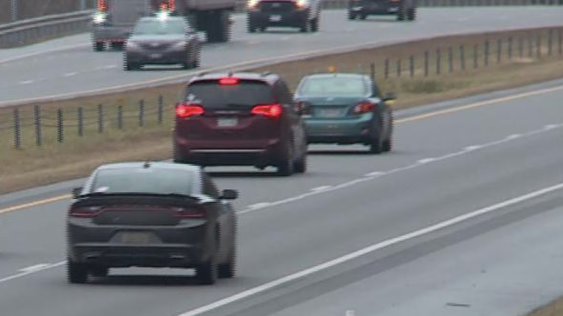Have you ever found yourself stuck behind someone driving slow? I admit, even 5mph/kmh below the limit and I start to feel…constrained.
If you’re in a rush, this is a recipe for anger. Some drivers flash their lights and honk. Road rage is a real risk. But not for me. I remind myself that there are good reasons that people move more slowly:
- They are staying within the limits of the law
- They are moving at a pace they can manage safely
I recently spoke to a group of leaders and one asked me why some people seem so slow to adapt to change. I reminded them that the executive team has been acclimatizing to the change over a period of months, if not years, as they plot a path forward and think through the challenges. When a change is announced to stakeholders, it’s effectively a fait accompli and they are expected to absorb it in a comparatively short period of time. Some embrace it right away, and others throw up a red flag. They need time to process and adapt.
When it’s raining hard or snowing, what are you supposed to do when driving? Slow down. We take more time to observe and leave space to react and adjust to new conditions. Confidence allows some people to maintain a higher rate of speed, but we must respect those who need more time. They are doing the right thing, responding to a potential threat.
The same applies to adoption of change. Some people need more time. If you rush them, they may go even slower rather than risk an embarrassing failure.
How do we deal with slow adopters? The same way we help anyone raise their skill level: Coaching and training. Until we figure out the barriers (skills, language, access, information, opportunity, safety) and work to remove them, we will never enable people to approach the speed limit…and beyond.
Thoughtfully yours,
Jeff Skipper



